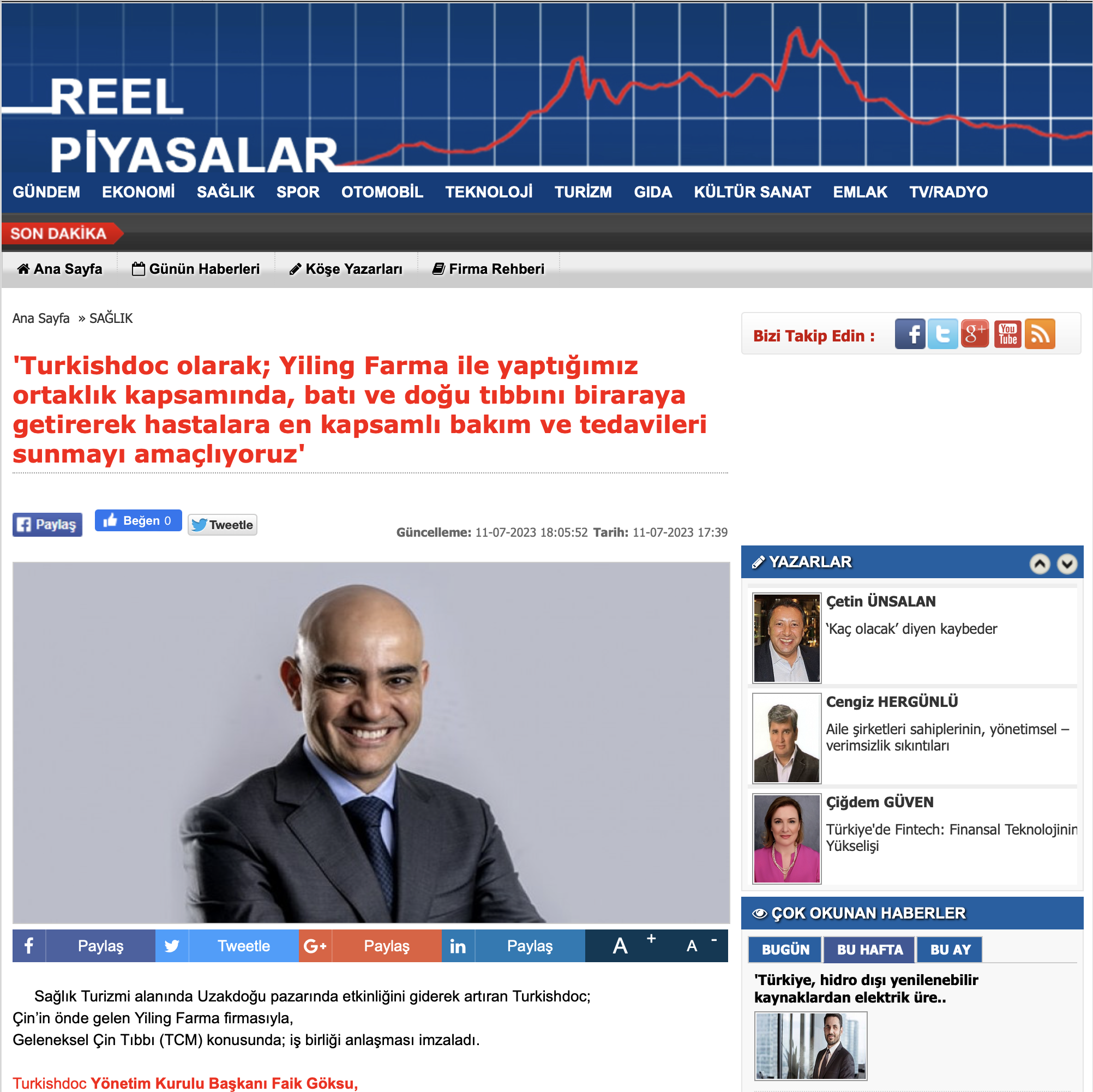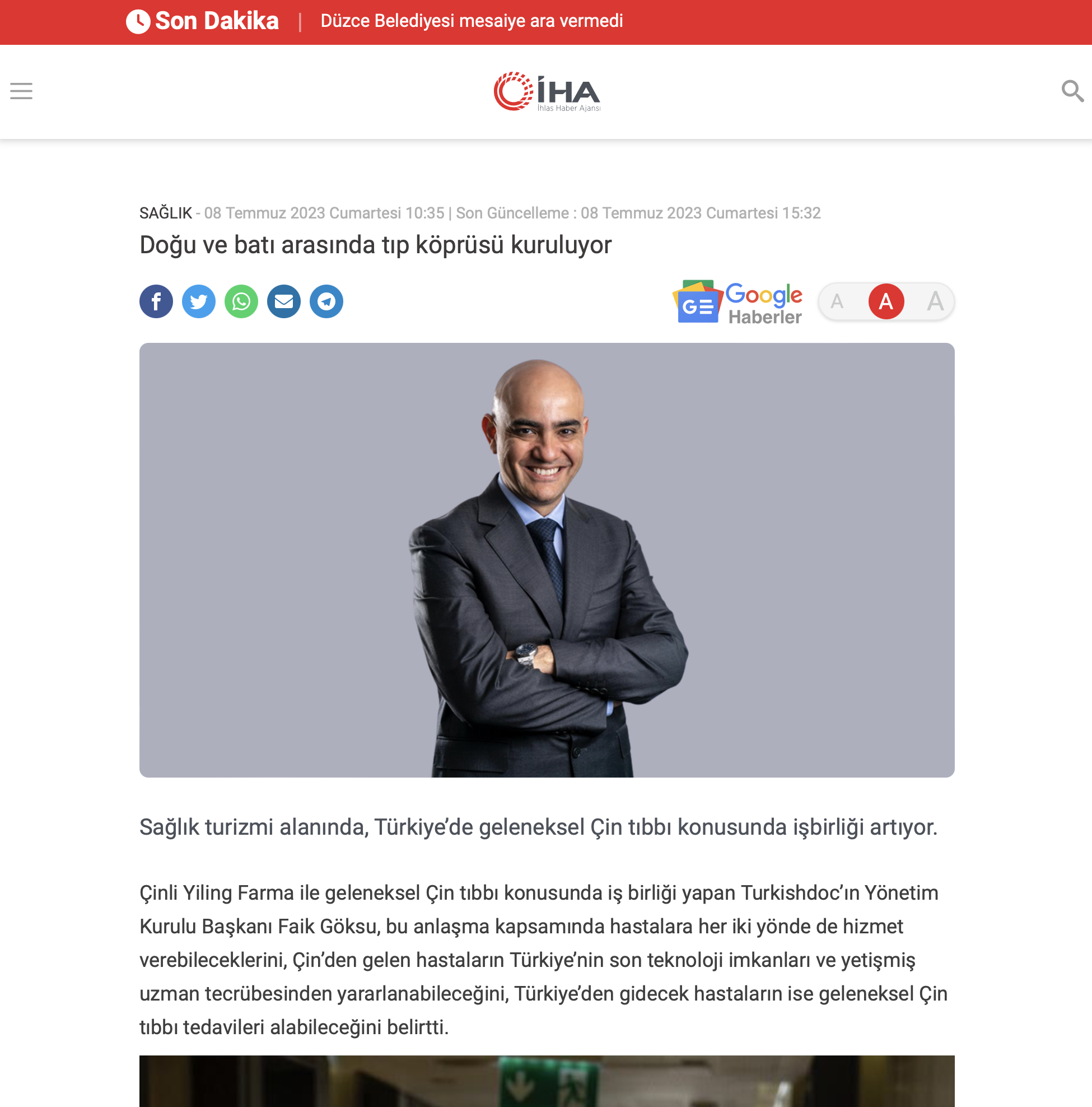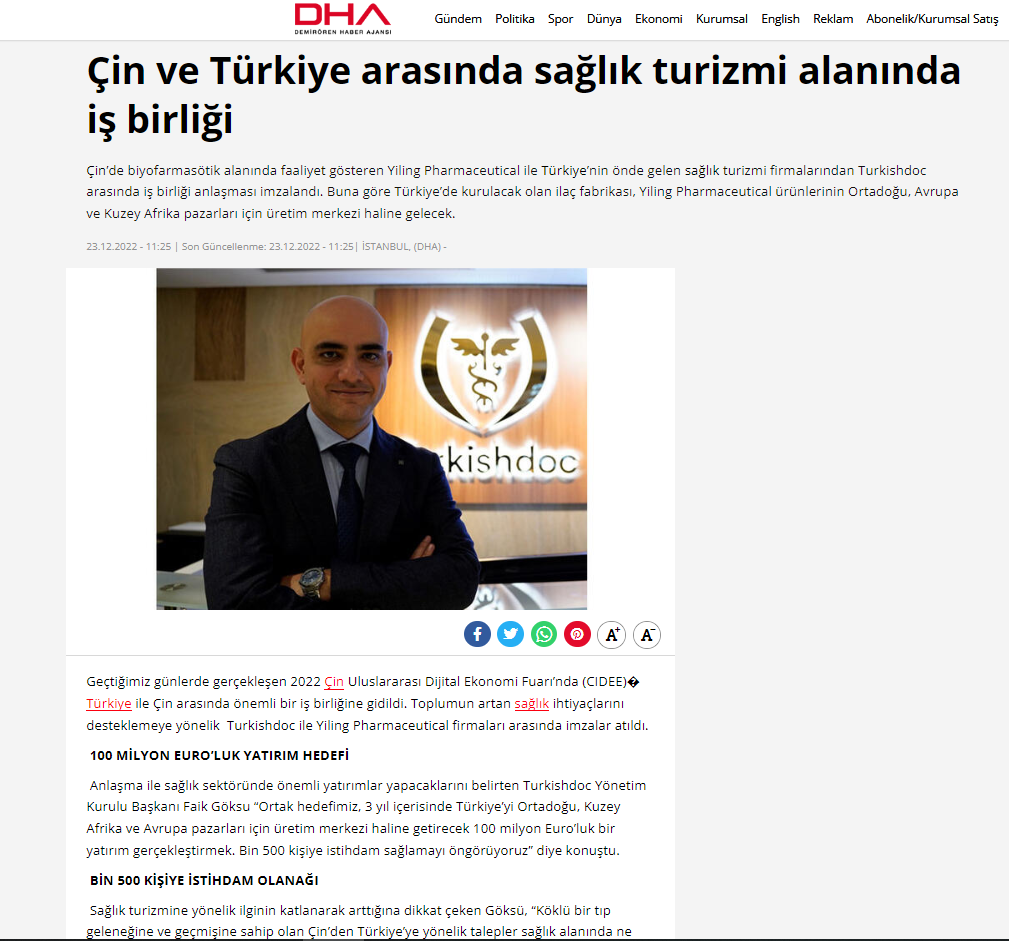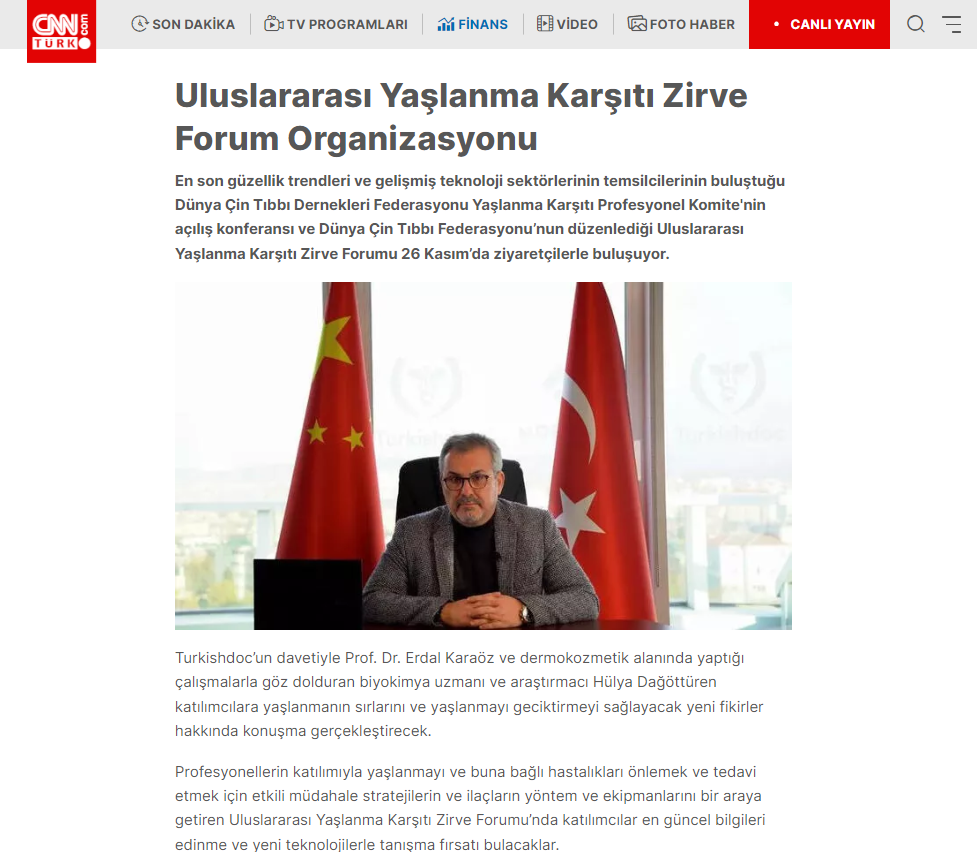Turkishdoc
What Is A Craniotomy And In Which Cases Is It Performed?
The surgical procedure to repair damage inside the skull is called a craniotomy. This procedure is used to remove, examine, and treat the brain, the most important structure inside the skull. Since neurological diseases are the most serious health problems of our time, many advanced treatment methods are applied. A craniotomy is one of them. Craniotomy surgical procedure is performed under general anesthesia. The surgeon reaches the problematic, damaged, or abnormal area of the brain and performs the necessary procedures. In many cases, this surgery may be unavoidable. However, the main reason is that the person has been exposed to brain diseases. Therefore, craniotomy is a surgical treatment that plays a major role in accessing pathologies within the brain.
Why Is A Craniotomy Performed?
For a craniotomy to be performed, the person must first have a serious neuronal disorder. Therefore, it is a procedure performed for brain health problems. The problematic areas inside the skull are accessed by opening the skull. Tissue, membrane, neurovascular lesions, brain tumors, or important structures such as aneurysms are accessed within the brain. These structures are severely damaged by many diseases or certain factors. A craniotomy is one of the surgical treatments used to treat the following diseases:
- Brain tumors
- Aneurysm
- An arteriovenous malformation (AVM)
- Head trauma
- Hematomas
- Brain herniation
- Intracranial pressure elevation
- Epilepsy
- Brain damage as a result of traumatic injury
- Brain damage from a stroke
In addition, it is a surgical procedure used in the treatment of certain neurological diseases. A craniotomy is used to repair membrane tears in the brain, treat an arteriovenous fistula, or remove blood clots from a damaged blood vessel. This surgical procedure is therefore used for many reasons. This treatment allows quick access to the brain tissue.
How To Prepare For Surgery?
There is a preparation process for craniotomy surgery. When it is decided to undergo this treatment, detailed information about the procedure is given by the surgeon. Necessary explanations are given about the risks, recovery process, and benefits. Then consent forms are signed and the necessary paperwork is filled out. A few days before the operation, some tests may be performed. In addition, the medications used, if any, should also be reported to the doctor. Because it is possible to stop some medications before surgery. In addition, smoking and drinking should also be stopped before the date of surgery. After all, these necessary rules are taken into consideration and the procedures are done, the date of surgery is expected.
Craniotomy Surgical Process
All processes are important for craniotomy surgery. All processes before, during, and after the surgery are managed by healthcare teams. Information about craniotomy processes is given below:
- Before The Surgery
When the day of surgery arrives, you go to the relevant hospital or clinic. On the morning of the day of the operation, there are some things to pay attention to. Eating and drinking are stopped for a while on the day of surgery. On this day, care should be taken to wear loose and comfortable clothes and shoes. In addition, the patient’s regular medications should be written down and brought in on a list in his or her bag. It is recommended to clean with antibacterial soaps before coming to the surgery.
On the day of surgery, all clothes and jewelry are removed before being taken to the operating room. Then the hospital gown is worn. The patient is placed on the operating table depending on the area of the skull being operated on. A head device is used to hold the head in the appropriate position. The medical team will then place an intravenous line in the patient’s arm or hand and a urinary catheter in the bladder area.
- During The Surgery
At the beginning of the surgical process, the patient is given general anesthesia and put to sleep. Afterward, the patient is attached to a special surgical device according to the area of the skull where the surgery will take place. Brain relaxing medication may also be given during the operation. Image systems can also be used during this surgery. Thanks to these systems, how the craniotomy will be performed can be better planned. After the scalp area is cleaned with antiseptic, the incisions are made. Then the skin and muscles are lifted back, and the skull is drilled open. After the bone flap is also removed, the dura is opened. The brain is exposed using these methods, and surgical microscopes are used to better examine it.
Special and small surgical instruments are used to intervene in the brain structures inside the skull. Evoked potential monitoring is used to keep the nerve functioning. Once the problems have been fixed, the final procedures are performed to finish the operation. For this, all retractors are removed and the dura is closed with sutures. After the bone flap is returned to its previous position, it is fixed to the skull. Finally, the muscles and skin are sutured, and an adhesive dressing is placed on the skull. Thus, the surgical process is complete.
- After The Surgery
After surgery, the patient is awakened from anesthesia. After being taken to the intensive care unit, physical and mental controls are carried out by health teams. Some medications may be given to the patient during this process. When the patient’s condition returns to normal, he or she is sent to a hospital room. The discharge period can vary from 2 days to 14 days. After discharge, the doctor’s instructions should be followed. During the recovery period, do not lift weights, do housework, avoid alcohol and smoking, or drive or travel. There is a follow-up appointment in the first 1–2 weeks after surgery. Although the healing process varies depending on the type of surgery and the patient, it is possible to recover in 8 weeks. Walking can be started in this process. The doctor will tell you when you can return to your occupation such as work or education.
Risks Of Craniotomy
Craniotomy to repair brain damage is a delicate and serious operation. Therefore, it brings some risks with it. Since the brain is a sensitive and important organ, care must be taken with the tissues, nerves, and similar structures inside. The risks of a craniotomy include rupture of the meninges, rupture of the venous sinus, or damage to brain tissue. However, such risks are prevented thanks to advanced medical devices and the expert surgeons who use them.
Craniotomy Results
A craniotomy is used to remove brain tumors, skull trauma, and similar neurological health problems. This surgical procedure aims to repair damage to the brain and restore function. Therefore, it is a very serious surgery. Positive results are obtained from this surgery performed with advanced medical devices by expert surgeons. A craniotomy is therefore a successful and safe surgical procedure.











